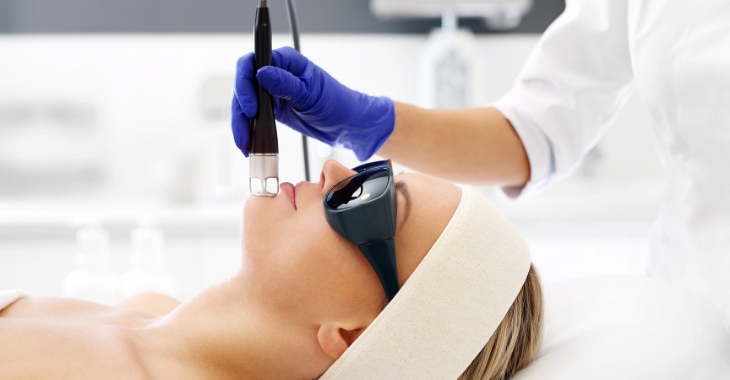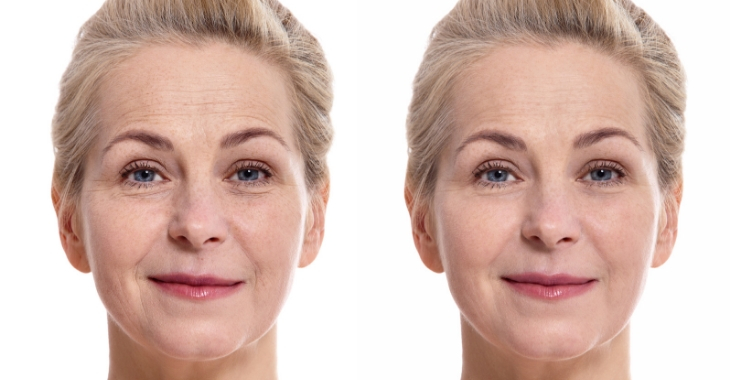What is NeoGraft for Hair Loss?
Hair loss can affect a person’s self-esteem, making them self-conscious of their thinning or lost hair. If you are one of the 60 million men and women suffering from hair loss in the U.S., you could benefit from researching the hair transplant procedure known as the NeoGraft System. Unlike its predecessors in hair grafting, the Neograft system does not require stiches and has grown in popularity due to its many advantages. Some of the reasons this procedure is becoming known as the “gold standard” in hair replacement is due to the following benefits:
- Limited downtime with next day recovery in most cases
- No stiches or linear scarring that was common in prior hair transplants
- Low to no discomfort during and after the procedure
- Natural looking results for improved appearance
- Cost effective with high patient satisfaction rates
The NeoGraft system uses new technology to transplant hair follicles without the need for a scalpel incision or linear strips. This automation technique is less invasive and is unnoticeable, allowing the patient to grow back their hair without the embarrassment of obvious hair transplant surgery scars. This method is the only one approved by the FDA for hair harvesting and transplant for hair loss.
Hair loss doesn’t need to be a permanent change in your appearance. If you are concerned about your hair loss and want a solution to give you back your beautiful hair, contact a plastic surgeon that offers NeoGraft. In one day you could be on your way to regrowing a full head of natural hair that will help you look like your old self again without the embarrassment of noticeable hair transplant scars.
Posted on behalf of:
Beverly Hills Center for Plastic & Laser Surgery
120 South Spalding Drive #236
Beverly Hills, CA 90212
(310) 288-0641
The information provided on this website, including text, graphics, images, and other materials, is intended solely for informational purposes and should not be used as a substitute for professional medical advice, diagnosis, or treatment.


)